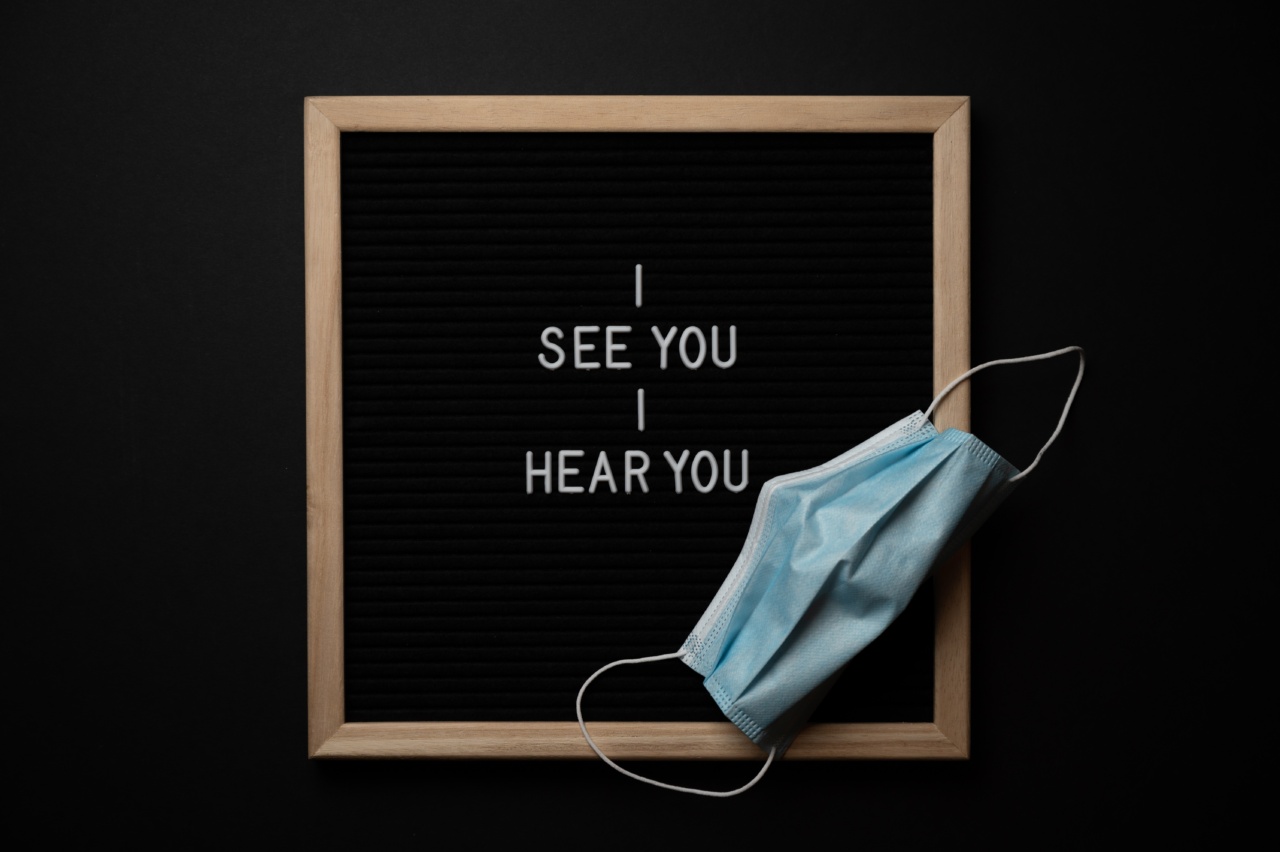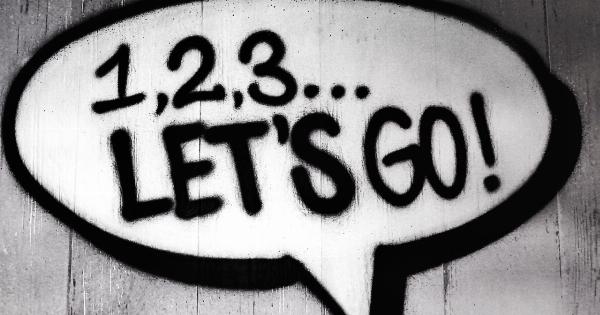Our minds are powerful, yet flawed. Despite our best intentions, we often make errors in judgment and fail to see the truth. These errors stem from cognitive biases – innate tendencies that warp our perception, decision-making, and reasoning.
By understanding these biases, we can strive to overcome them and gain a clearer view of the world. In this article, we will explore eight cognitive biases that are preventing you from seeing the truth.
1. Confirmation Bias
Confirmation bias occurs when we seek out information that supports our existing beliefs while ignoring or dismissing evidence that challenges them.
Our natural inclination is to gravitate toward information that confirms what we already think, which leads to a skewed perception of reality. To combat confirmation bias, it is important to actively seek out opposing viewpoints and consider all available evidence before forming conclusions.
2. Availability Heuristic
The availability heuristic bias is based on our tendency to rely on immediate examples that come to mind when making judgments or decisions. We often overestimate the likelihood of events or situations based on their ease of recall.
For example, if we recently heard about a shark attack, we might wrongly perceive the risk of a shark encounter as significant, despite statistics showing otherwise. To avoid this bias, we must gather more comprehensive and accurate information.
3. Anchoring Bias
Anchoring bias occurs when our judgments are influenced by an initial piece of information, called an anchor. This anchor then serves as a reference point, influencing subsequent decisions and assessments.
Marketers often utilize anchoring bias by setting high initial prices and then offering discounts, making the discounted price seem like a great deal. To counter this bias, we should question and re-evaluate the initial anchor and consider other relevant factors.
4. Overconfidence Bias
Overconfidence bias refers to our tendency to have excessive confidence in our abilities or beliefs. We consistently overestimate our knowledge, skills, and the accuracy of our predictions.
This bias can lead to poor decision-making and a lack of proper evaluation of risks. To mitigate the overconfidence bias, it is crucial to seek feedback, objectively assess our abilities, and consider alternative perspectives before making decisions.
5. Bandwagon Effect
The bandwagon effect describes the phenomenon of people adopting certain beliefs or behaviors simply because others are doing so. We tend to place more value on the opinions or actions of a group than on individual judgment.
This bias can lead to conformity and the adoption of flawed or erroneous ideas. To combat the bandwagon effect, we should critically evaluate ideas based on their merit rather than blindly follow the crowd.
6. Hindsight Bias
The hindsight bias, also known as the “I knew it all along” effect, occurs when we believe that past events were predictable or that we would have predicted them accurately if we had the chance.
This bias often leads to an overestimation of our ability to anticipate and understand situations after they have occurred. To counter the hindsight bias, it is important to acknowledge the uncertainty of the future and avoid judging events solely based on their outcomes.
7. Selective Perception
Selective perception refers to our tendency to perceive and interpret information in a way that conforms to our existing beliefs or expectations. We filter out or disregard information that contradicts or challenges our preconceived notions.
This bias can create an echo chamber, reinforcing our own beliefs while shutting out alternative perspectives. To combat selective perception, we should actively listen and consider viewpoints that differ from our own.
8. Self-Serving Bias
The self-serving bias involves attributing our successes to internal factors, such as personal abilities or efforts, while blaming external factors for our failures. This bias allows us to maintain a positive self-image while avoiding accountability.
It can hinder personal growth and prevent us from learning from our mistakes. To overcome the self-serving bias, we must objectively analyze our successes and failures and take responsibility for our actions.
Conclusion
Cognitive biases are deeply ingrained in our thinking processes and can significantly impact our perception of reality.
By understanding and acknowledging these biases, we can strive to overcome them and develop a more accurate understanding of the world. It is essential to actively seek out diverse perspectives, challenge our own beliefs, and maintain a healthy skepticism in order to see the truth.






























